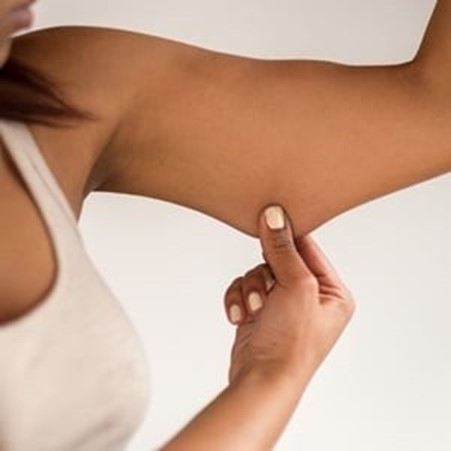When caring for a child with sickle cell disease, the practical nurse (PN) expects that the child will most likely describe which symptom when experiencing a sickle cell crisis?
Decreased hemoglobin.
Joint pain.
Infection.
Fatigue.
The Correct Answer is B
Correct Answer: B. Joint pain.
Choice B rationale:
Joint pain is the most common symptom experienced by individuals during a sickle cell crisis. The misshapen red blood cells can block blood flow to joints, leading to severe pain and inflammation. Joint pain is a hallmark sign of a sickle cell crisis, and managing pain is a critical aspect of caring for these patients.
Choice A rationale:
Decreased hemoglobin is not the expected symptom during a sickle cell crisis. A sickle cell crisis is characterized by sudden and severe pain due to the misshapen red blood cells blocking blood flow and causing tissue damage. While a sickle cell crisis can lead to anemia, the child experiencing the crisis would be more likely to describe pain and not specifically mention decreased hemoglobin.
Choice C rationale:
Infection is not a typical symptom experienced during a sickle cell crisis. While sickle cell disease can increase the risk of infections, the crisis itself primarily manifests as acute pain due to vaso-occlusion.
Choice D rationale:
Fatigue may be experienced by individuals with sickle cell disease, especially during or after a crisis, but it is not the most likely symptom they would describe during a sickle cell crisis. The hallmark symptom of a sickle cell crisis is severe pain.
Nursing Test Bank
Naxlex Comprehensive Predictor Exams
Related Questions
Correct Answer is D
Explanation
This is the finding that the PN should instruct the postpartum client to report to the charge nurse because it may indicate an infection, such as endometritis, mastitis, or urinary tract infection, that requires prompt treatment.
The PN should also instruct the client to monitor for other signs of infection, such as foul-smelling lochia, redness or tenderness of the breasts, or dysuria.

Correct Answer is B
Explanation
The correct answer is choice B: Thinning of the skin with loss of elasticity.
Choice A rationale:
While a decreased ability to communicate can be a significant challenge in elderly clients, it is not the primary physical characteristic of aging that contributes to the risk of pressure ulcers. Pressure ulcers develop due to prolonged pressure on specific areas of the skin, leading to reduced blood flow and tissue damage.
Choice B rationale:

Thinning of the skin with loss of elasticity is a critical physical characteristic of aging that contributes to the risk of pressure ulcers. As the skin becomes thinner and less elastic with age, it becomes more susceptible to injury from pressure and shear forces, increasing the likelihood of developing pressure ulcers.
Choice C rationale:
A 16 percent increase in overall body fat does not directly contribute to the risk of pressure ulcers. While changes in body composition occur with aging, the primary risk factors for pressure ulcers are related to skin integrity and mobility, not body fat percentage.
Choice D rationale:
Calcium loss in the bones (osteoporosis) is not the main contributing factor to pressure ulcers. Osteoporosis primarily affects bone density and strength but does not directly influence the development of pressure ulcers.
Whether you are a student looking to ace your exams or a practicing nurse seeking to enhance your expertise , our nursing education contents will empower you with the confidence and competence to make a difference in the lives of patients and become a respected leader in the healthcare field.
Visit Naxlex, invest in your future and unlock endless possibilities with our unparalleled nursing education contents today
Report Wrong Answer on the Current Question
Do you disagree with the answer? If yes, what is your expected answer? Explain.
Kindly be descriptive with the issue you are facing.
